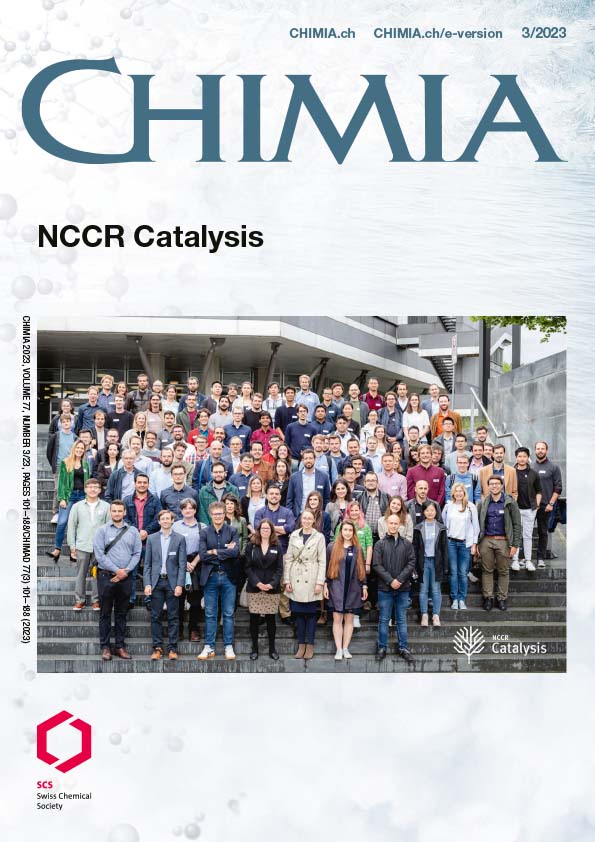Improving Enzyme Fitness with Machine Learning
DOI:
https://doi.org/10.2533/chimia.2023.116PMID:
38047813Keywords:
Bioinformatics, Enzyme engineering, Halogenase, Industrial biocatalysis, Machine learningAbstract
The combinatorial composition of proteins has triggered the application of machine learning in enzyme engineering. By predicting how protein sequence encodes function, researchers aim to leverage machine learning models to select a reduced number of optimized sequences for laboratory measurement with the aim to lower costs and shorten timelines of enzyme engineering campaigns. In this review, we will highlight successful algorithm-aided protein engineering examples, including work carried out within the NCCR Catalysis. In this context, we will discuss the underlying computational methods developed to improve enzyme properties such as enantioselectivity, regioselectivity, activity, and stability. Considering the rapid maturing of computational techniques, we expect that their continued application in enzyme engineering campaigns will be key to deliver additional powerful biocatalysts for sustainable chemical synthesis.Funding data
-
NCCR Catalysis
Grant numbers 180544
Downloads
Published
2023-03-29
Issue
Section
Scientific Articles
License
Copyright (c) 2023 D. Patsch, R. Buller

This work is licensed under a Creative Commons Attribution 4.0 International License.
How to Cite
[1]
Chimia 2023, 77, 116, DOI: 10.2533/chimia.2023.116.







